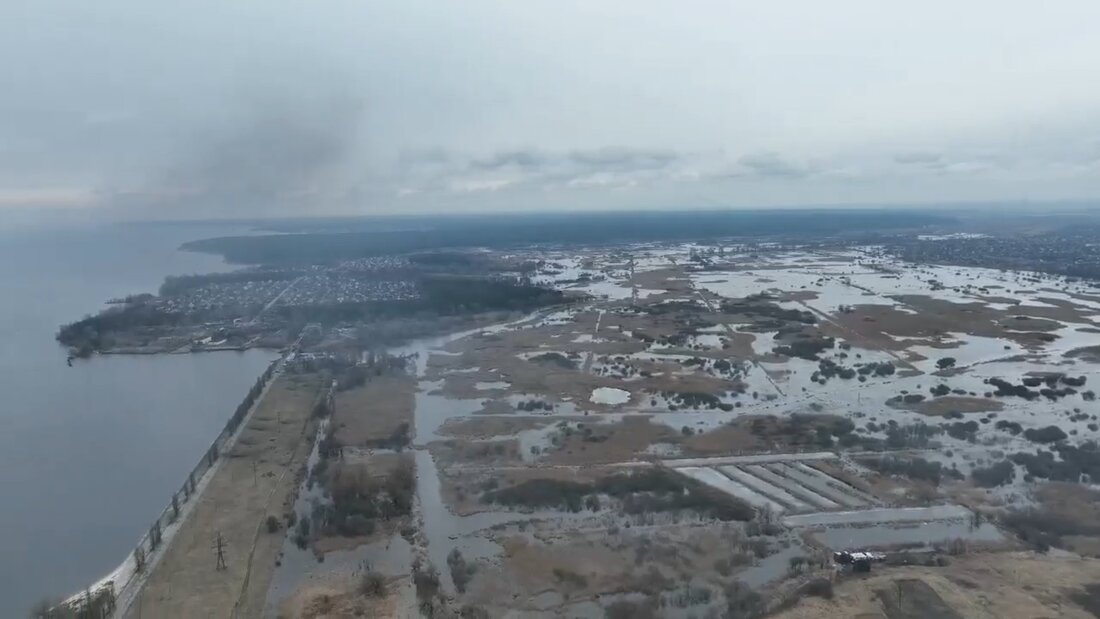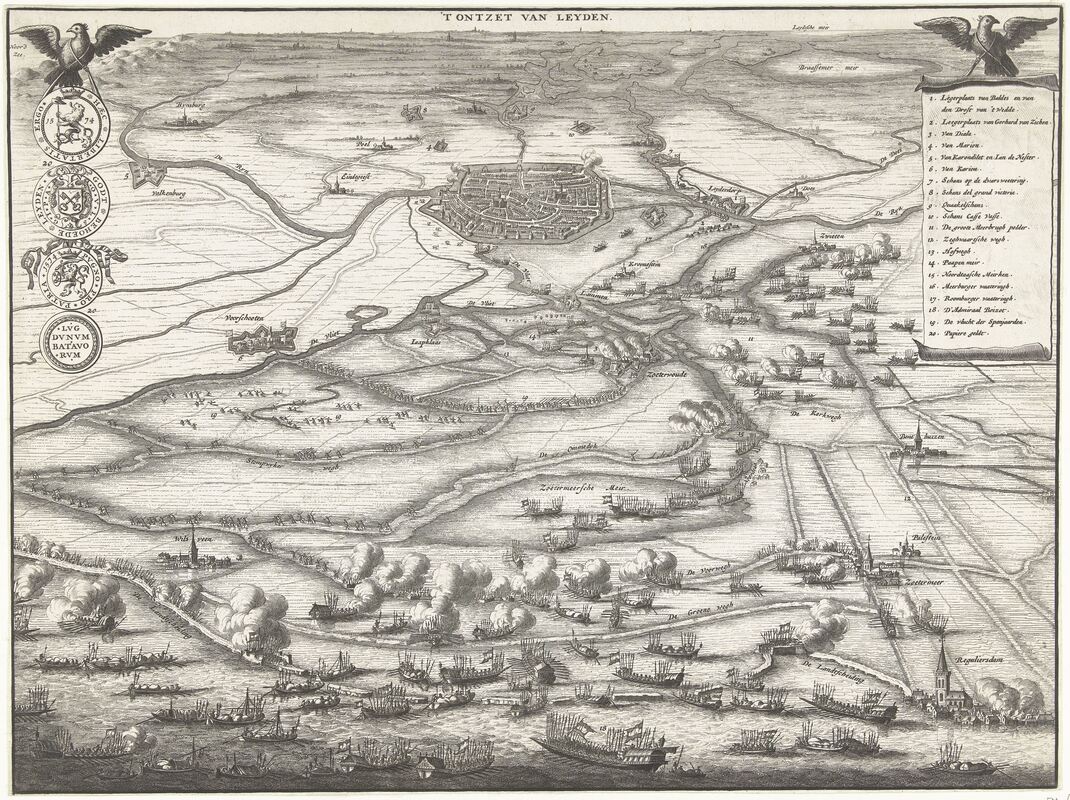|
Dr. Dagomar Degroot, Georgetown University According to a western intelligence report, when Vladimir Putin travelled to Beijing this February, Xi Jinping asked him to wait until after the Olympics to invade Ukraine. Frigid winter weather had, by then, frozen the Ukrainian landscape, making it strong enough to support Russian tanks. American officials warned that the Russian military could exploit this hardened terrain to invade. Putin, however, apparently agreed to wait. The weather would surely be cold enough in March. Not long ago, it was a safe assumption to make. Yet temperatures around Kyiv and Kharkiv – Ukraine’s first and second cities, hotbeds of fighting in the present war – have warmed by more than two degrees Celsius since the middle of the twentieth century. In February, temperatures across Ukraine soared over five degrees Celsius above their mid-twentieth century averages. Frozen ground that otherwise would have held Russian heavy armor collapsed into mud. When Putin finally launched his brutal invasion on February 24th, images proliferated across social media of Russian tanks and rocket launchers abandoned in the mud. In northern Ukraine, Russian vehicles kept to roads, forming long columns easily bombed from the air. Far from the blitzkrieg Putin seems to have expected, the invasion from the north advanced at a snail’s pace. It was an unexpected reversal that owed much to the bravery and skill of Ukrainian soldiers and their leaders. Yet it may also have owed something to the influence of human-caused climate change. Human activities have warmed Earth’s climate by about one degree Celsius since the middle of the twentieth century, and land is heating up at about twice the speed of the oceans. This is why Kyiv and Kharkiv have warmed around as much as Washington, DC and New York City. The combination of the speed, magnitude, and cause of this climate change has no precedent in Earth’s history. Yet natural forces have changed Earth’s climate even before the industrial era, in ways that shaped the outcome of wars. In the late sixteenth century, for example, explosive volcanic eruptions cooled European temperatures as just the Spanish Empire struggled to suppress a rebellion in the Low Countries. Cooling altered patterns of atmospheric circulation, increasing the regional frequency of heavy rains and intense storms. Invading Spanish armies routinely found it difficult to advance towards fortified cities. When they finally arrived, they discovered it was nearly impossible to dig trenches in the mud that would have allowed them to mount an effective siege. Then as now, wet, muddy weather can be a nightmare for an invading army. The rebel army was much weaker than its Spanish counterpart, whose “Army of Flanders” was widely regarded as the best in Europe. To even the playing field, rebel engineers breached dikes that normally protected the coastal Low Countries from the sea. Deliberate floods washed away besieging armies around the cities of Alkmaar and Leiden, for example, and brought to battle the formidable rebel fleet. Storms and heavy rainfall increased the speed and therefore the military effectiveness of these floods, allowing the rebels to relieve besieged cities more quickly than they otherwise could. Here again, history may be repeating itself. Near Kyiv, Ukrainian defenders seem to have breached a dam, sending floodwaters north of the Dnieper River. Until recently, a Russian convoy had stalled nearby, owing in part to challenging terrain and the vigorous Ukrainian defense. The fog of war is thick even in a battlefield that can feel saturated by social media, and for now it is hard to know to what extent the floods slowed the Russian advance. If they did, climate change may again have played a pivotal role. Without today’s warm temperatures, the water would have frozen, and intentional floods would have been much harder to execute.
Temperatures across Ukraine plummeted over the weekend, however, because climate change consists of gradual trends and therefore does not determine daily weather. Unfortunately, the sixteenth century reveals that “hydraulic warfare” can fail in such conditions. Spanish armies repeatedly invaded into rebel territories over frozen rivers and flooded landscapes that otherwise would have blocked their progress. Rebel defenders struggled to break up the ice, sometimes by literally hacking at it with axes, but it was often not enough. Bitterly cold weather, however, created additional hazards for sixteenth-century invaders. Long sieges dragged on for months, and when they did soldiers ran out of fuel and food. Many froze to death, and those who survived repeatedly mutinied. After one particularly brutal winter, in 1573, Spanish soldiers demanded “winter-quarters in walled and populous towns” as long as rebels were not themselves in the field. It is tempting to wonder whether some poorly-provisioned Russian soldiers will leave their posts in frigid temperatures. Yet the greatest effects of climate change on war may unfold far from the battlefield. When rebels in the Low Countries coalesced into a country – the Dutch Republic, precursor of today’s Netherlands – they found ingenious ways to cope with a cooler climate, and this may have given them a military edge over other European powers. Today, a warm spring would ease Europe’s dependence on Russian natural gas, providing new motivation for blocking a key export of Putin’s regime – and the most important source of Russian leverage over western Europe. Exports that cripple Russia's economy may yet compel Putin to withdraw - though, tragically, the cost to ordinary Russians would be immense. Researchers and military officials have long focused on the potential for climate change to cause wars by shifting the supply, accessibility, or defensibility of desirable resources. Yet the history of the Little Ice Age may reveal that climate change most profoundly affects wars by transforming how they can be fought, occasionally to the detriment of one side and the salvation of another. As Putin may be discovering, in a rapidly warming world the influence of climate change is inescapable - even for one of the world's most ruthless regimes.
0 Comments
|
Archives
March 2022
Categories
All
|



 RSS Feed
RSS Feed